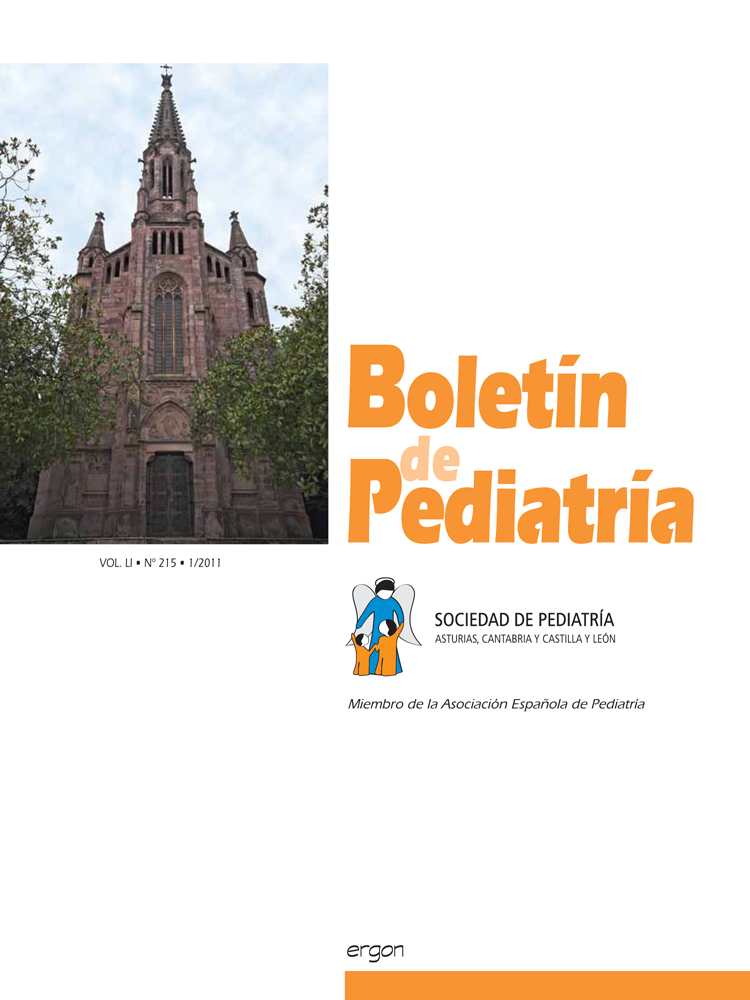Abstract
Aim. To study the criterion validity of the CAN questionnaire in measuring asthma control in children, and its relationships to pulmonary function and airway inflammation.
Methods. Six-to-fourteen years old children with asthma of any severity, presented at 7 primary care centers in Spain. The children and their caregiver answered the CAN questionnaires (CAN-child and CAN-carer versions), the fractional exhaled nitric oxide (FeNO) was measured, basal and post-bronchodilator spirometry was conducted, and a formal evaluation of asthma control was performed by a trained pediatrician according to Global Initiative for Asthma (GINA).
Results. One hundred and forty-nine children were included. CAN questionnaires were correctly answered by 98.2% of nine-to-fourteen years old children and by 95.3% of the caregivers of the six-to-fourteen years old children. There was not correlation between CAN and pulmonary function measures or FeNO. CAN results increased steadily as asthma control worsened. Sensitivity/specificity of the CAN-child and CAN-carer were respectively 77.8/59.8% and 78.1/60.9%. Independently of asthma control, more favorable answers to CAN were given by older children and by children who were well adherent to therapy. Mothers rated control worse than other caregivers did. There were no influences in CAN results from educational level in the family or from variables related to risk of loss of control of asthma.
Conclusion. CAN questionnaire differentiate between levels of impairment in asthma, but this is not enough to adequately assess all aspects of asthma control.

This work is licensed under a Creative Commons Attribution-NonCommercial 4.0 International License.
Copyright (c) 2011 Boletín de Pediatría
